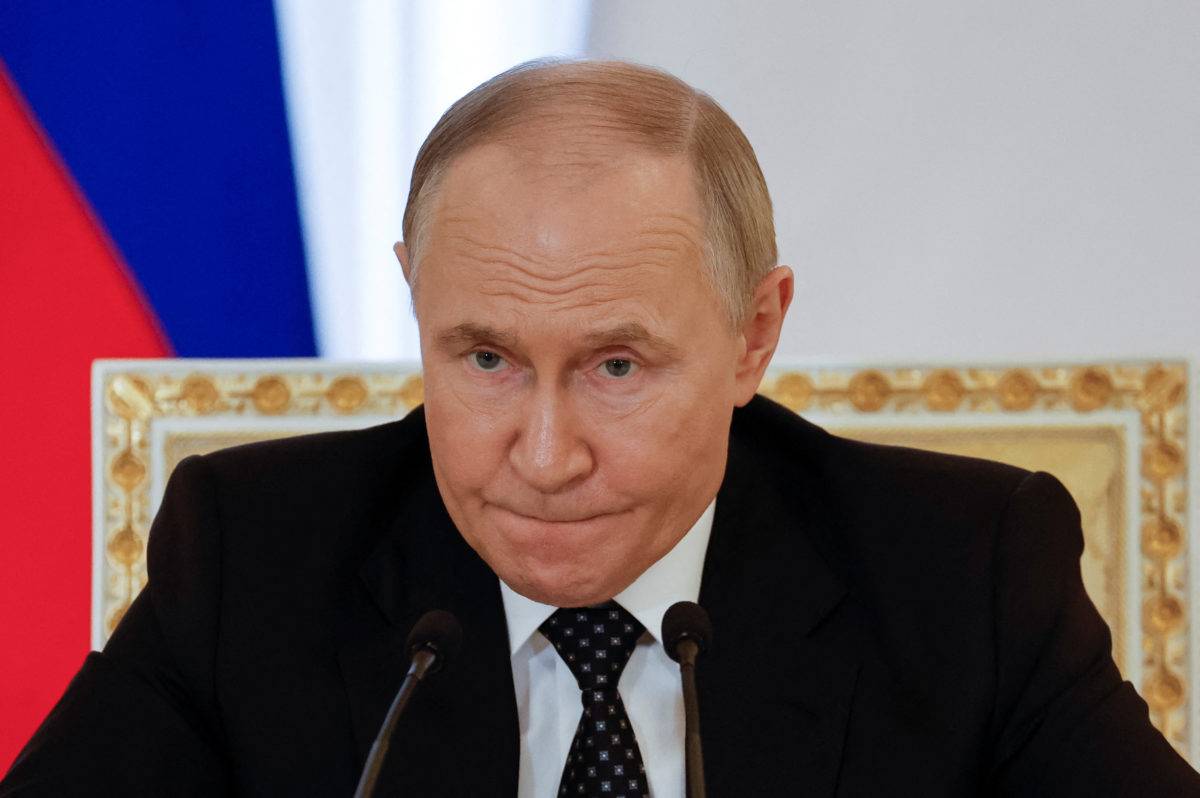1890 Views
Putin-Xi-Khamenei's Endgame: The 3-Point Plan Breaking NATO in 2025
As 2025 reaches its midpoint, the Eastern Axis countries (China, Russia, North Korea, and Iran) have grown significantly closer in geopolitical alignment. The primary goal of this alliance—to challenge the Western-centric global order—has made notable progress on multiple fronts. Eastern-oriented organizations such as BRICS and the Shanghai Cooperation Organization are in a stronger position compared to the previous year, with growing membership. Military convergence among these nations has statistically increased as well. Economically, China’s strategic initiatives have enabled both Iran and Russia to circumvent Western sanctions, creating a major challenge to U.S.-led economic pressure through mutual resource exchange.
Resilience under Military Pressure and Flexible Commitments:
The joint U.S.-Israeli attack on Iran’s nuclear facilities in June 2025 and the absence of direct military support from Russia and China did not weaken the Eastern Axis’ cooperation with Tehran. In fact, support from Moscow and Beijing visibly increased in the post-war period. Both are now actively equipping Iran to meet its defense needs, with North Korea also playing a key role by enhancing its military cooperation in exchange for technological exports. The Eastern Axis has demonstrated a flexible model of strategic cooperation—unlike traditional defense treaties—which avoids heavy mutual obligations while still fulfilling shared interests. This adaptability allows the alliance to strengthen its partnerships without alarming neutral states.
Diplomatic and Technological Cooperation:
Iran has leaned on diplomatic backing from Moscow and Beijing on its nuclear file, while seeking to energize BRICS and the Shanghai bloc with their support. As global organizations increasingly support Iran, efforts to isolate Tehran have become futile for the West.
Another dimension of Iran’s cooperation with the Eastern Axis countries has been defined in the space sector, including the launch of Iranian satellites via Russian Soyuz rockets and expanded collaboration with China and North Korea. These partnerships are key to empowering Iran’s dual-use (civilian-military) scientific and industrial ambitions.
A Shared Goal: Challenging the Liberal World Order:
Through advanced drone development and sanction evasion, these countries aim to undermine the strategic interests of the U.S. and its allies. The Eastern Axis, in recent years, has used Iran’s military capabilities and ingenuity and Russia’s strategic power to present serious challenges to the West. The Ukraine war is a prime example: with Iranian drone support, Russia has effectively bogged down NATO forces. Economically, the Axis has ridiculed Western sanctions by building an alternative trade network that sustains both Iran and Russia. This trajectory reveals a collective Eastern effort to dismantle Western global norms and reduce U.S. influence.
Conclusion:
The year 2025 has proven fruitful for the Eastern Axis in terms of convergence and shared purpose. These nations clearly understand the nature of today’s global order, in which the West explicitly seeks to weaken so-called rogue states. Iran and Russia are targeted through military confrontation, China via economic warfare, and North Korea through intensified geographic constraints. This Western design is now fully visible to the Eastern bloc, which has responded with an increasingly coherent and strategic counter-plan. The year 2026 could mark the beginning of global confrontations aimed at ushering in a new Eastern-led order. The world should brace for what’s to come.
*Translated by Ashraf Hemmati from the original Persian article written by Amirali Yeganeh
1. https://www.cna.org/our-media/indepth/2025/07/russia-and-china-respond-to-the-12-day-war-in-iran
2. https://www.newsweek.com/iran-pivots-russia-china-quest-new-weapons-after-israel-war-2100933
3. https://www.npr.org/2025/06/22/nx-s1-5439440/irans-relationship-with-russia-and-china-could-come-into-play-after-u-s-strikes
4. https://www.hudson.org/security-alliances/how-us-attack-iran-hurts-russia-china-zineb-riboua
5. https://nationalsecurityjournal.org/the-big-mistake-the-west-is-making-about-russia-china-and-iran/

Comment
Post a comment for this article